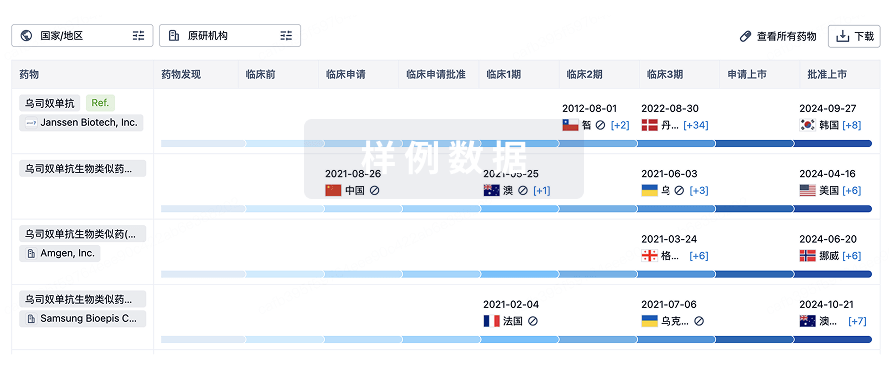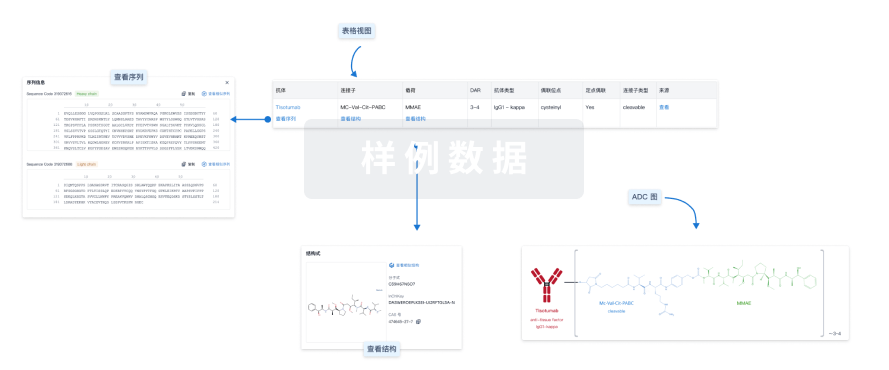Larvae, in life, orange, broad-elliptical. Size: Length, 500 to 643; width, 316 to 408. Capitulum (Fig. 1, B): Chelicerae moderately long, stout, with distinct subapical ventral tooth and inconspicuous dorsal tooth. Cheliceral base longer than wide, with few scattered punctations. Galeal seta forked or with two branches. Palpal claw trifurcate, the median prong largest; thumb with seven branched setae and a spur of moderate length; all palpal setae branched except the dorsal seta on article 4 which is either nude or forked. Scutum (Figs. 1-A and 8): Scutum punctate, as figured; about one and one-third times wider than long; roughly trapezoidal in shape with rounded, unexpanded corners and with poorly defined margins because of the encroachment of cuticular striae which, from the posterior margin, are projected perpendicularly on to the scutum between and as far as the sensillary bases. Setae plumose, all of similar form; length of anteromedian, anterolaterals and posterolaterals increases in the order cited. Sensillae capitate; the round head with few large, flattened setules; stem long, bare. Sensillary bases separated by somewhat more than the distance between anterolateral and posterolateral setae, and located far anterior to the posterolaterals. Standard measurements: Holotype: AW-57, PW-76, AP-36, SB-40, ASB-33, PSB-26, AM-36, AL-48, PL-52, S-32, DS-40 to 44. Average of ten specimens: AW-56, PW-72, AP33, SB-39, ASB-29, PSB-26, AM-32, AL-50, PL-56, S-32 (average of four), DS-40 to 45. Dorsum (Fig. 1, D) : Eyes 2/2, in ocular plate. Dorsal formula fairly constant, 2-8-6-6-42-2; the setae decreasing in length from anterior to posterior rows. Venter (Fig. 1, C): Two pairs of sternal setae. Ventrals 32 to 36, those posterior to the anus longest and similar in form to the dorsal setae. Legs: All legs with seven segments. Coxal setae, 1-1-1. Type data: Holotype and 15 paratypes, larvae from Odocoileus hemionus hemionus (Rocky Mountain mule deer), Sula, Montana, July 15, 1947, W. L. Jellison, AP23827.








